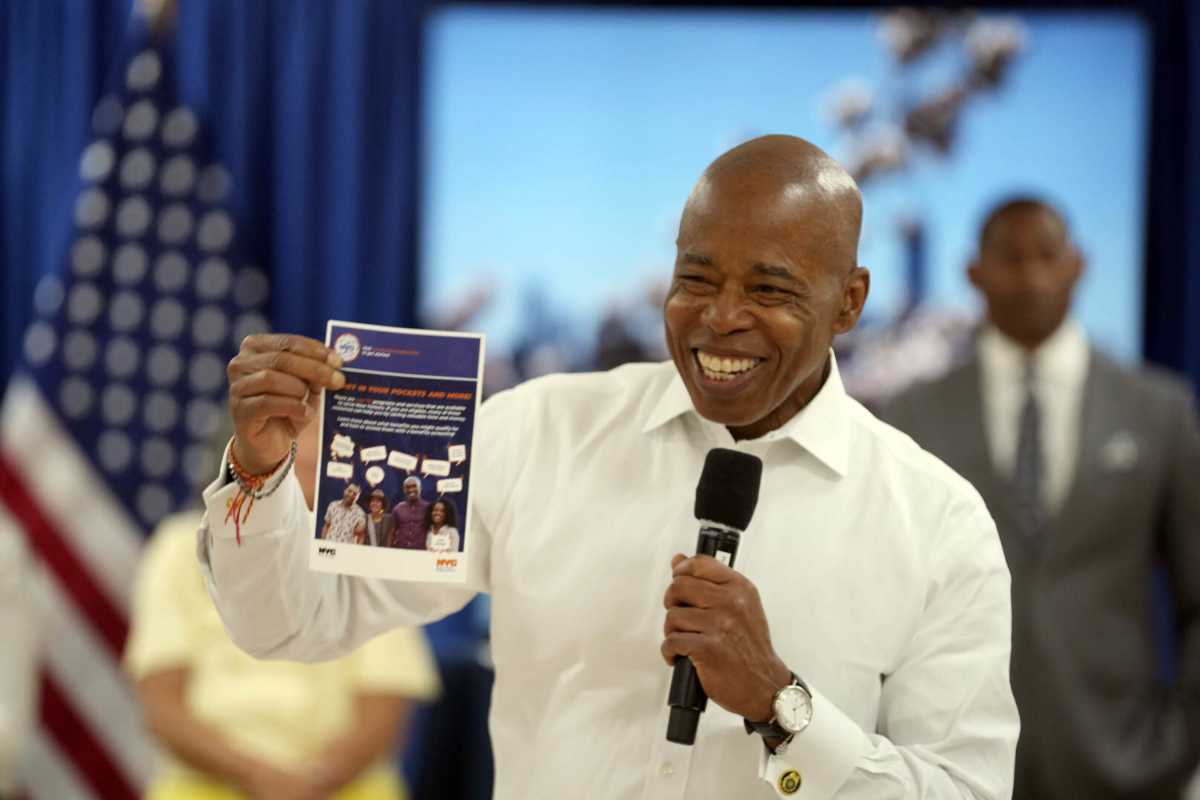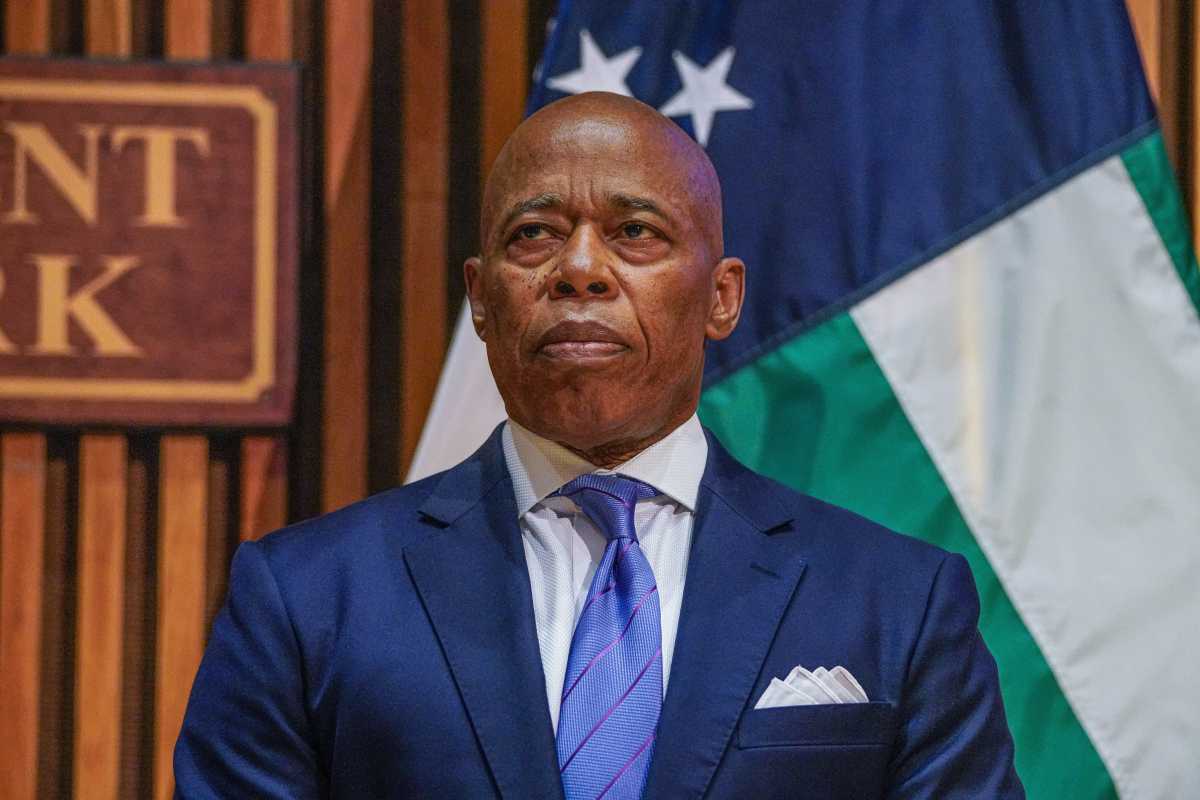How we deal with our garbage says a lot about who we are as a society. New York City must look as good as the people who live here. I have said it many times: We cannot allow our streets and sidewalks to be cluttered with unsightly black garbage bags which are a tripping hazard for pedestrians and provide a constant all-you-can-eat buffet for rats. So, for the past four years, our administration has been sweeping in a new era of public cleanliness with our “Trash Revolution.”
Not only have we shifted garbage set out times from 4 PM to 8 PM — which means that trash is on the street for less time and doesn’t interfere with pedestrians during rush hours — but we have also required food-related businesses, as well as chain businesses of any type, to put their garbage into bins with tightly fitting lids. More than that: New Yorkers are composting roughly 5 million pounds of food and yard waste each week. That keeps these valuable organic materials out of landfills and diverts them to beneficial use — including as soil for gardens.
New York City has more than 1,100 miles of highway, and for decades the responsibility of cleaning highway shoulders and medians was divided between different entities and wasn’t carried out regularly — that’s why we created the Department of Sanitation’s Highway Unit. Now, highway cleanliness is the sole responsibility of the Highway Unit. And since the unit’s formation in April 2023, it has removed more than 15 million tons of litter — everything from car bumpers to water bottles to fast food packaging and more. This effort has made our highways cleaner and safer.
We have reached another milestone ahead of our June 2026 deadline for containerization for buildings with one to nine residential units (containerization means setting out garbage in closed bins, rather than black bags on the streets). We already had containerization rules in place for larger buildings, now smaller buildings have ordered more than 800,000 official NYC Bins online, plus another 80,000 from The Home Depot. This is a huge win for our city and for our efforts to keep our streets free of smelly trash bags.
And when we look at all our efforts together, new data shows our multi-faceted approach is working. Since residential containerization requirements took effect eight months ago, we have sent rats packing. Rat sightings reported to 311 have dropped for eight consecutive months when compared to the same months last year, and rat sightings are down more than 16 percent year-to-date citywide.
In a first for all of North America, we also piloted a new automated side-loading garbage truck and committed over $32 million in permanent funding for the Department of Sanitation in our “Best Budget Ever.”
When I said four years ago that we were going to have cleaner streets and fewer vermin, the cynics rolled their eyes. They said, ‘New York City is too big, government moves too slow, and no one will ever, ever beat the rats.’ But we refused to take no for an answer.
New York City, which used to be known as “mean streets,” will now be known as “clean streets.” We are the safest big city in America — and we are working towards becoming the cleanest, too. Our “Triple-Clean” accomplishments — cleaner highways, more containerization, and fewer rats — are proof that our approach is working.
























